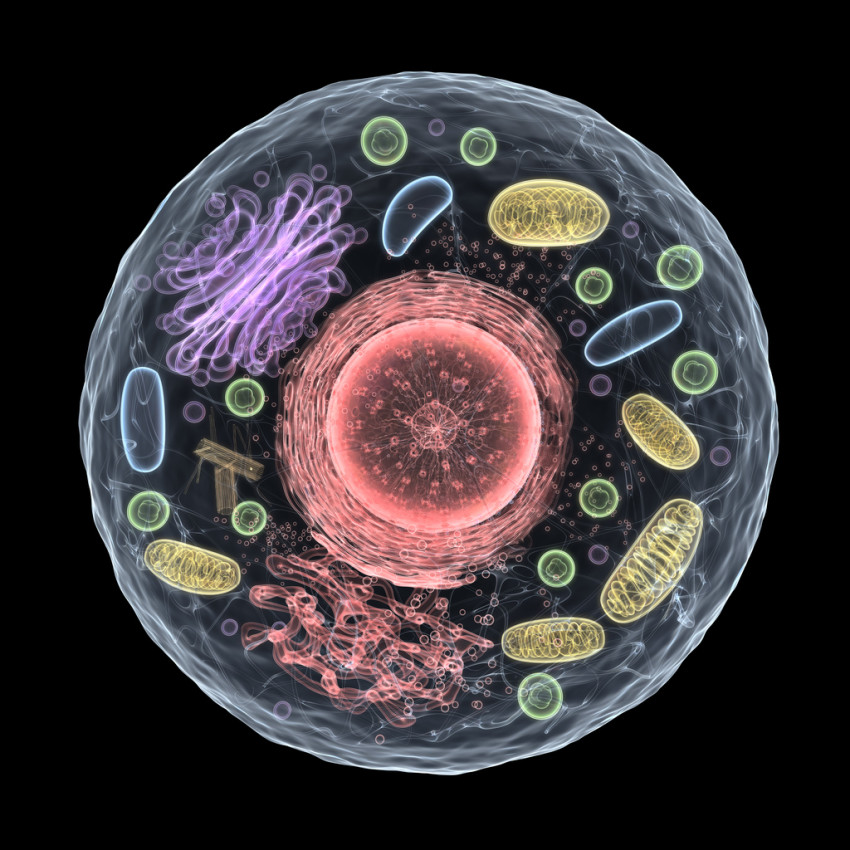Think back to that basic biology class you took in high school. You probably learned about organelles, those little “organs” inside cells that form compartments with individual functions. For example, mitochondria produce energy, lysosomes recycle waste and the nucleus stores DNA.
Although each organelle has a different function, they are similar in that every one is wrapped up in a membrane. Membrane-bound organelles were the textbook standard of how scientists thought cells were organized until they realized in the mid-2000s that some organelles don’t need to be wrapped in a membrane. Since then, researchers have discovered many additional membraneless organelles that have significantly changed how biologists think about the chemistry and origins of life.
I was introduced to membraneless organelles, formally called biomolecular condensates, a couple years ago when students in my lab observed some unusual blobs in a cell nucleus. Unbeknownst to me, we had actually been studying biomolecular condensates for years. What I finally saw in those blobs opened my eyes to a whole new world of cell biology.
Like a lava lamp To get a sense of what a biomolecular condensate looks like, imagine a lava lamp as the blobs of wax inside fuse together, break apart and fuse again. Condensates form in much the same way, though they are not made of wax. Instead, a cluster of proteins and genetic material, specifically RNA molecules, in a cell condenses into gel-like droplets.
Some protein.


















